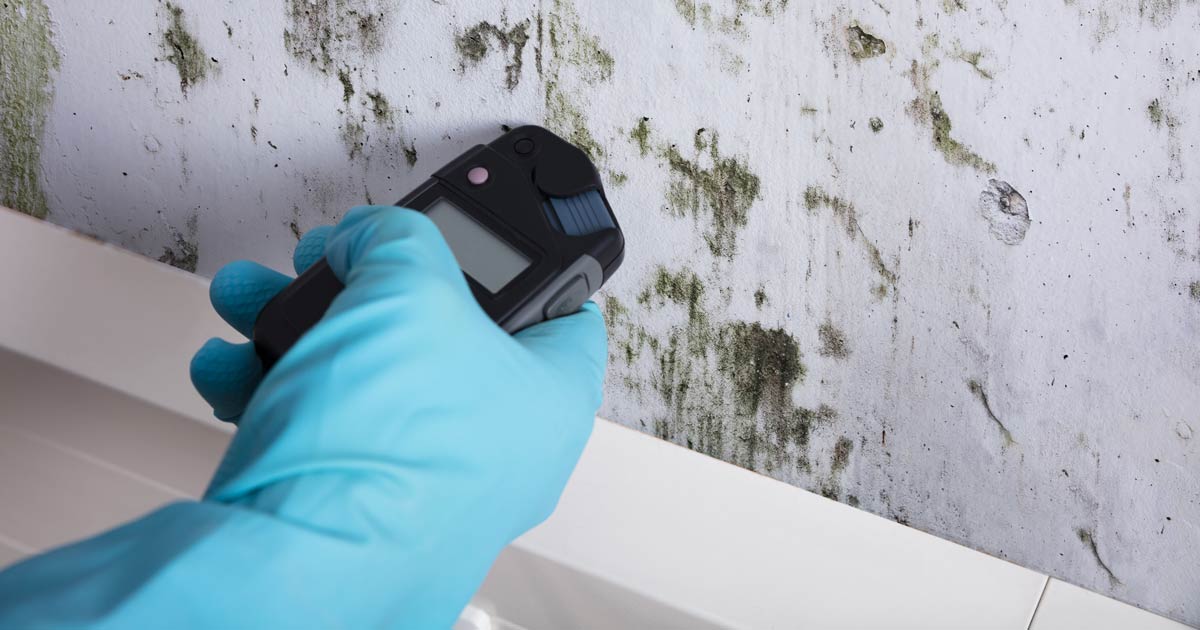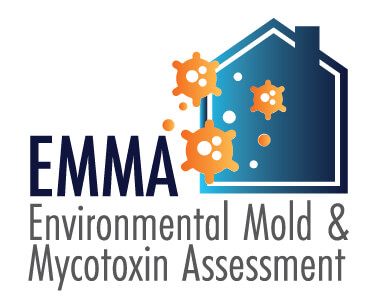Mycotoxin testing Services: Ensuring Quality and Safety in Your Supply Chain
Wiki Article
How Mycotoxin Testing Helps Protect Against Contamination and Secure Food Products

Mycotoxin testing is a crucial practice in the food market, working as a frontline protection against contamination by harmful toxic substances produced by molds. With the application of innovative techniques like High-Performance Liquid Chromatography (HPLC) and Fluid Chromatography-Mass Spectrometry (LC-MS), food producers can properly quantify and detect mycotoxin levels in farming items. This proactive technique not only guarantees compliance with rigorous safety and security laws yet additionally alleviates health threats to consumers. Regular screening fortifies brand online reputation and financial wellness by decreasing contamination-related incidents. So, exactly how exactly do these screening methods integrate into the wider food security approach?
Comprehending Mycotoxins
Comprehending mycotoxins starts with recognizing that they are poisonous secondary metabolites generated by specific mold and mildews, which can contaminate farming items. These metabolites are not necessary for the development or recreation of the fungi yet can have severe ramifications for human and animal wellness. Mycotoxins are commonly found in staple crops such as corn, wheat, barley, and nuts, where they can multiply under particular problems of dampness and temperature level.
There are a number of types of mycotoxins, each produced by various fungal species. Fusarium varieties generate trichothecenes and fumonisins, both of which are linked with numerous acute and chronic wellness issues.

Risks of Mycotoxin Contamination
The risks of mycotoxin contamination are diverse, posing considerable dangers to both food safety and public health. Mycotoxins, harmful compounds generated by specific kinds of fungi, can pollute a wide variety of agricultural items consisting of cereals, nuts, flavors, dried out fruits, and coffee. When these toxic substances infiltrate the food supply, they can lead to serious health issues such as liver damage, kidney failing, and even cancer cells. Susceptible populations, including children, the senior, and immunocompromised people, are especially in jeopardy.
Economic influences are one more major problem. Polluted plants can lead to considerable economic losses for farmers and food producers as a result of minimized returns and the requirement for costly decontamination actions. Worldwide profession can be substantially hindered as countries impose stringent mycotoxin regulations to safeguard their populaces, leading to turned down shipments and stretched profession relationships.
Ecological elements such as climate modification worsen the threat of mycotoxin contamination. Variants in temperature level and moisture can produce positive problems for fungal growth, increasing the chance of contamination occasions. Thus, understanding and mitigating these dangers are important for making sure the safety and stability of websites international food products.
Approaches of Mycotoxin Testing
Properly identifying mycotoxin contamination in farming products is essential for securing public wellness and maintaining food safety and security standards. Numerous methods are utilized to find and measure mycotoxins, each offering particular advantages and limitations.High-Performance Fluid Chromatography (HPLC) is an extensively utilized method due to its high sensitivity and accuracy. It includes separating mycotoxins from other substances in a sample, making it possible for precise metrology. Fluid Chromatography-Mass Spectrometry (LC-MS) combines liquid chromatography with mass spectrometry to supply thorough molecular information, making it particularly helpful for identifying numerous mycotoxins concurrently.

Gas Chromatography-Mass Spectrometry (GC-MS) and Thin-Layer Chromatography (TLC) are additionally employed, each with special applications. GC-MS works for volatile mycotoxins, while TLC supplies a less complex, affordable alternative for initial testing.
Advantages of Regular Examining
Routine testing for mycotoxins in agricultural products provides many advantages, significantly adding to public health and wellness and food safety. By identifying contamination early, routine screening helps prevent the distribution of toxic foods, thereby lowering the risk of mycotoxin-related ailments among consumers. This proactive strategy not just safeguards human wellness but additionally improves the overall quality of food supplies.Various nations and regions have actually developed rigid limitations for mycotoxin degrees in food and view publisher site feed. Sticking to these restrictions through routine screening ensures that vendors and manufacturers fulfill lawful criteria, therefore avoiding penalties and profession obstacles.
Additionally, normal mycotoxin testing can lead to significant economic advantages. Early detection of contamination enables prompt intervention, reducing possible losses from prevalent contamination. Carrying out routine screening procedures can also lessen recall costs and relevant responsibilities, which can be economically ravaging.
Moreover, normal testing offers important information that can notify much better farming techniques and storage conditions. By comprehending patterns of contamination, producers can adopt safety nets, therefore contributing and decreasing future risks to the sustainability of the food supply chain.
Applying Evaluating Procedures
Carrying out efficient mycotoxin testing methods is critical for ensuring the security and high quality of agricultural products. Each stage should be scrutinized to identify where mycotoxin contamination is most likely to take place.As soon as critical control factors are identified, picking ideal testing techniques is necessary. Usual methods include enzyme-linked immunosorbent assay (ELISA), high-performance liquid chromatography (HPLC), and mass spectrometry (MS) Each method has its weaknesses and staminas; thus, selecting the right one depends on the details mycotoxin being tested, the needed sensitivity, and available sources.

Last but not least, integrating the testing procedures into a comprehensive food safety administration system is a good idea. Learn More This improves traceability and allows speedy corrective activities when contamination is detected, therefore protecting the integrity of the food supply chain.
Verdict
Mycotoxin testing is crucial in avoiding contamination and protecting food materials by allowing very early discovery of harmful contaminants produced by molds in farming products. Routine screening improves brand credibility, economic stability, and depend on in food safety and security by reducing contamination-related losses and maintaining high criteria in food production.Mycotoxin testing is a vital method in the food sector, offering as a frontline protection versus contamination by harmful contaminants generated by mold and mildews. An integrated approach entailing farming practices, storage space administration, and normal screening can reduce the dangers associated with mycotoxin contamination, making sure food safety and security and public health and wellness.
The threats of mycotoxin contamination are multifaceted, posing substantial risks to both food safety and public wellness.Regular testing for mycotoxins in agricultural items uses various advantages, dramatically adding to public wellness and food safety.Mycotoxin screening is necessary in preventing contamination and guarding food supplies by allowing very early discovery of harmful contaminants generated by mold and mildews in agricultural products.
Report this wiki page